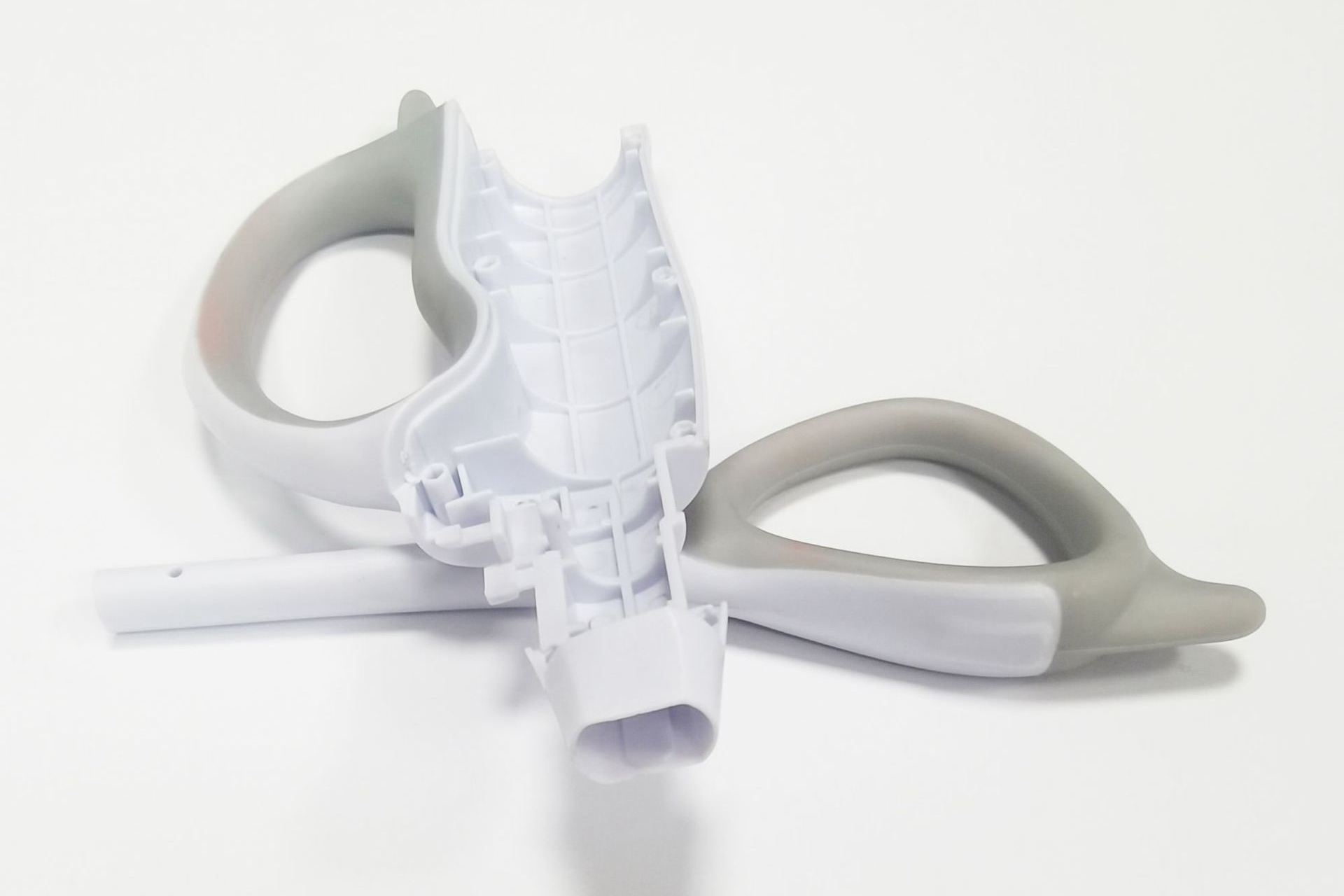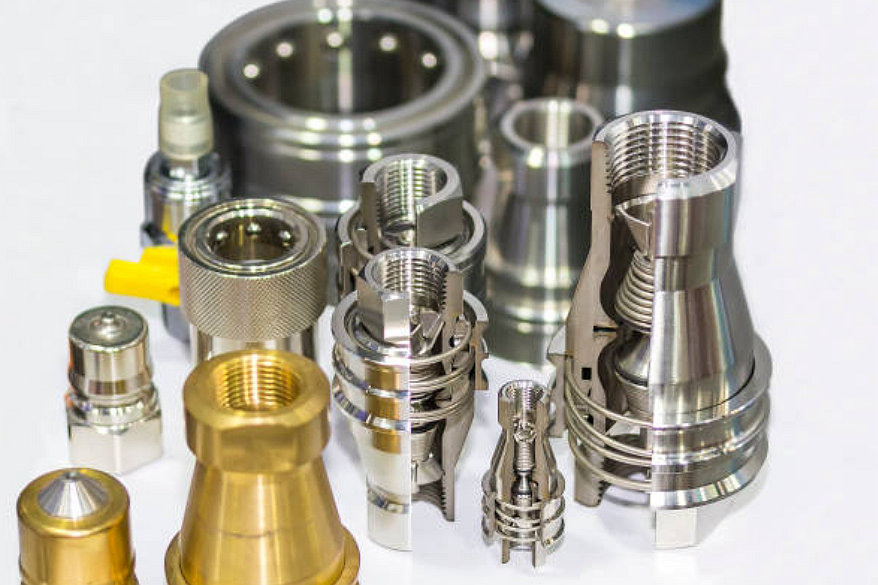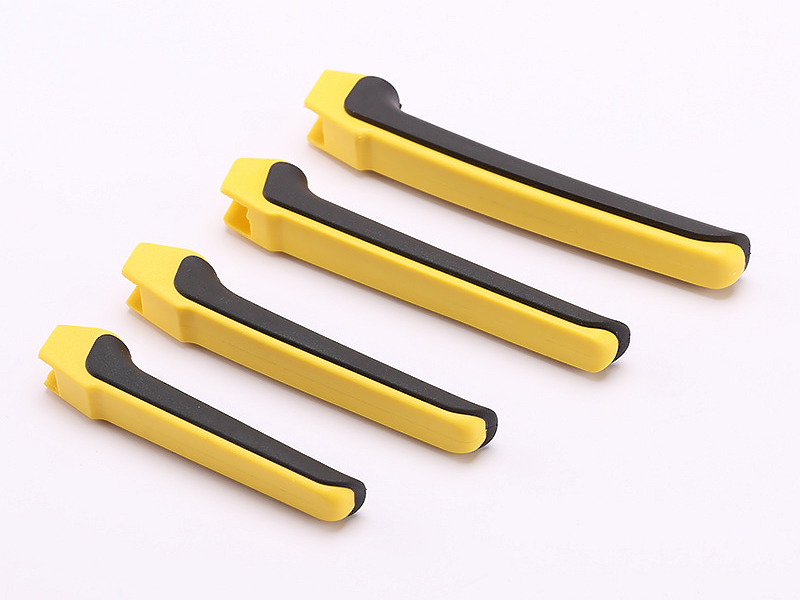Enhancing Product Durability with Overmolding Parts: Techniques and Benefits
 Introduction
Introduction
In today’s competitive market, the durability of products significantly influences consumer choice and satisfaction. An increasingly popular method for enhancing durability is overmolding technology, a specialized form of the broader plastic injection molding process. This multi-step molding method combines two or more distinct materials into a unified part, greatly improving product lifespan while simultaneously enhancing functionality, aesthetics, and ergonomics. In this post, we'll delve deeper into the fundamental principles of overmolding, explore effective techniques, its key benefits, applications across industries, and future advancements.
Understanding the Overmolding Process
Overmolding is an advanced injection molding technique where different materials, typically a rigid substrate and a softer elastomeric coating, are seamlessly integrated. This process creates durable, comfortable, and multifunctional components.
Materials frequently employed include flexible Thermoplastic Elastomers (TPE), abrasion-resistant thermoplastic polyurethane (TPU), and highly durable, temperature-resistant silicone rubbers. These materials collectively enhance product toughness, flexibility, resilience, and longevity, crucial for high-performance applications requiring superior durability.
Key Techniques in Effective Overmolding
Several specialized molding techniques are essential to optimizing product durability through overmolding:
Insert-Based Technique Insert molding involves placing a rigid substrate—often metal or plastic—into the mold cavity, followed by injecting a softer elastomer to create a permanent bond. This technique is particularly effective for manufacturing robust handles, seals, ergonomic grips, and protective gaskets.
Multi-Material Injection (Multi-shot) Technique. Another important method, multi-shot molding, automates the sequential injection of multiple materials into a single mold cavity. This technique efficiently integrates distinct materials into complex part designs, allowing manufacturers to achieve superior strength, improved durability, and simplified assembly. It's ideal for products requiring rigid structural cores and soft outer layers for enhanced grip and comfort.
Material Selection and Consideration: Choosing appropriate materials is crucial to successful overmolding. Factors like adhesion compatibility, environmental resilience, and mechanical properties must align with the product’s intended use. For example, selecting a material such as TPU provides excellent abrasion resistance for high-wear applications, while silicone rubbers offer superior thermal stability suitable for medical and industrial contexts.
Key Benefits of Overmolding for Enhanced Durability
Adopting overmolding offers substantial durability improvements across various product lines:
Improved Impact and Shock Resistance A primary advantage of overmolding is its ability to enhance impact resistance through a flexible outer layer that absorbs shocks and reduces stress transfer to internal components. This makes it particularly beneficial for protecting electronics, automotive parts, and handheld tools.
Enhanced Protection and Sealing The integrated elastomeric materials improve sealing capabilities, protecting sensitive electronics and precision instruments against moisture, dust, and contaminants. Overmolding ensures water-tight and robust seals, extending product longevity.
Vibration Reduction and Noise Control Materials such as TPE significantly reduce vibration and operational noise, extending product life and enhancing reliability. This property is invaluable in automotive parts, industrial machinery, and handheld electronic devices, where prolonged exposure to vibrations can lead to premature wear.
Improved Ergonomics and Product Appearance By integrating soft-touch elastomers, overmolded parts offer superior ergonomic benefits, making products comfortable and secure to hold. Better ergonomics minimize mishandling risks, indirectly improving the durability and longevity of the product.
Industry Applications and Case Studies
Overmolding’s adaptability allows broad applicability across multiple industries, each leveraging its distinct advantages for enhanced durability and performance.
Automotive Sector In the automotive industry, overmolding techniques are utilized for manufacturing durable interior components, handles, and protective seals. Enhanced grip, reduced vibration, and increased sealing capabilities extend the lifespan and improve the performance of vehicle interiors and controls.
Consumer Electronics The process is extensively adopted to create shock-resistant housings and protective grips for electronics. Devices such as smartphones, game controllers, and ruggedized tablets benefit from improved impact protection and user comfort, enhancing both durability and market appeal.
Medical Device Manufacturing Overmolding is critically valuable in producing sterilizable and comfortable medical products. Surgical instruments, wearable monitors, and device casings benefit from silicone and TPU’s durability and hygienic properties, contributing to safer, longer-lasting medical equipment.
Industrial Equipment Applications For heavy-duty industrial equipment, insert molding provides robust grips, control knobs, and durable protective covers that withstand harsh operating conditions. These enhancements lead to fewer repairs, reduced downtime, and longer product life cycles.
Future Trends in Overmolding
As manufacturing processes evolve, overmolding technology will continue to advance through innovations in materials and techniques:
Development of Advanced Elastomeric Materials Future elastomers will address even more demanding industry requirements, offering heightened resistance to extreme conditions, chemicals, and mechanical stresses. This advancement will broaden overmolding applications into challenging environments like aerospace, chemical processing, and extreme outdoor equipment.
Rise of Sustainable Overmolding Solutions Environmental concerns drive the demand for eco-friendly materials, including bio-based elastomers and recyclable plastics, which align durability goals with sustainability. Manufacturers are increasingly adopting eco-efficient molding methods to meet consumer expectations for environmentally responsible products.
Integration with Advanced Technologies The integration of overmolding with advanced manufacturing techniques like 3D printing is on the rise. Combining additive manufacturing’s flexibility with overmolding’s durability and precision, hybrid manufacturing solutions are poised to transform prototyping and production, offering rapid, cost-effective customization options.
Conclusion
Overmolding has firmly established itself as a vital manufacturing process, delivering enhanced product durability, superior ergonomics, and improved functionality across industries. As material science and manufacturing technologies evolve, the possibilities for overmolding will continue to expand, combining long-lasting performance with sustainable innovation. Companies that embrace these advancements will undoubtedly gain competitive advantages through durable, high-quality products that align with consumer expectations and environmental considerations.



